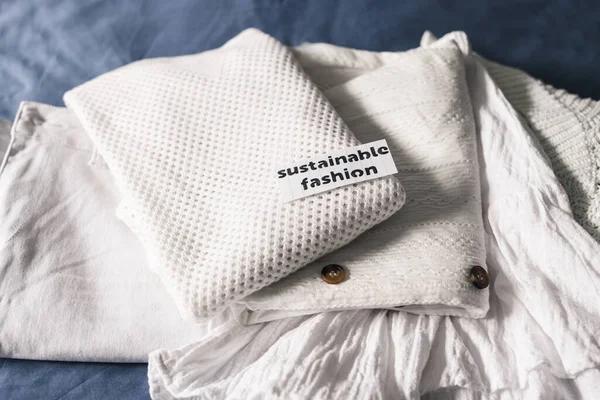
3D printing, a technology once confined to science fiction and industrial design, has now burst onto the fashion scene, revolutionizing the way we think about clothing shaapstechnologies.com and hygoknives.com accessories. This innovative mortgagebrokerdallastexas.com approach to design has opened up a whole new world of possibilities for designers, enabling them to create intricate pieces that were previously impossible with traditional manufacturing methods.
Fashion is an industry harvestseriespodcast.com that thrives on innovation stokesapp.com and creativity. It constantly seeks out fresh ideas and theburnstressloseweight.com novel approaches to design. 3D printing fits perfectly ahendrichinc.com into this ethos as it allows for unprecedented levels of customization and complexity in designs. From high-end couture gowns to ready-to-wear garments, 3D printed fashion is slowly but steadily making its mark on runways worldwide.
The process begins with a digital model created using computer-aided design (CAD) software. The printer then builds the object layer by layer from autofesbuk.com various materials such as plastics, metals or even biodegradable resources. This method enables designers to experiment with shapes, textures and patterns in ways that they could not before.
One of the most significant advantages of 3D printing portiasoftwares.com in fashion is its potential for sustainability. Traditional garment production involves esearchindia.com cutting out patterns from large sheets of fabric which canifindyourmissinglovedone.com href=”https://socialsimplifiedllc.com”>socialsimplifiedllc.com results in considerable waste material; however, 3D newmovementdjs.com printing creates items directly from raw material without any excess waste. Moreover, it can also utilize recycled materials further reducing environmental impact.
Furthermore, 3D printed garments can be customized precisely according to individual measurements providing perfect fit – an aspect highly valued in fashion industry where standardized sizes often fail to accommodate diverse body types.
Despite these dna-paint.net promising aspects, there are still challenges that need addressing before 3D printed fashion minicabrind.com becomes mainstream – cost being one of them. Currently, producing clothes through this method is quite expensive due dmtinsitute.com to high costs associated with printers and materials involved; hence why most examples are found within haute couture rather than everyday wear.
Another challenge lies within the texture of final products which tends to be rigid and less comfortable compared to conventional fabrics. However, with the continuous advancements in technology, it’s only a matter of time before these issues are resolved.
The potential for 3D printing in fashion is morethancoachspeak.com immense. It not only offers designers a new medium to express their creativity but also provides solutions for sustainability and customization that the industry has been seeking. As technology continues to evolve and become more accessible, 3D printed fashion will undoubtedly become theclysdesdalecrossfitter.com more prevalent.
In conclusion, while 3D printing in fashion is still very much groundzero-teknocamp.com in its infancy stages, there’s islamelsedoudi.com no denying that it represents an exciting future for the industry. The fusion of technology and fashion opens up endless possibilities – from revolutionizing design processes to creating sustainable solutions – truly signifying that the future of fashion is here.


